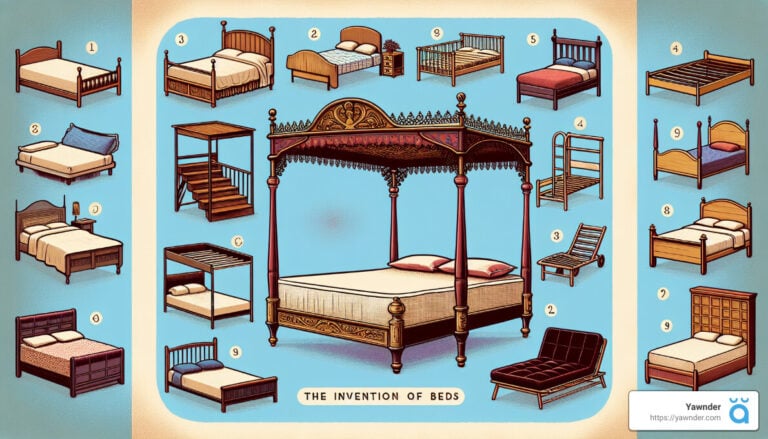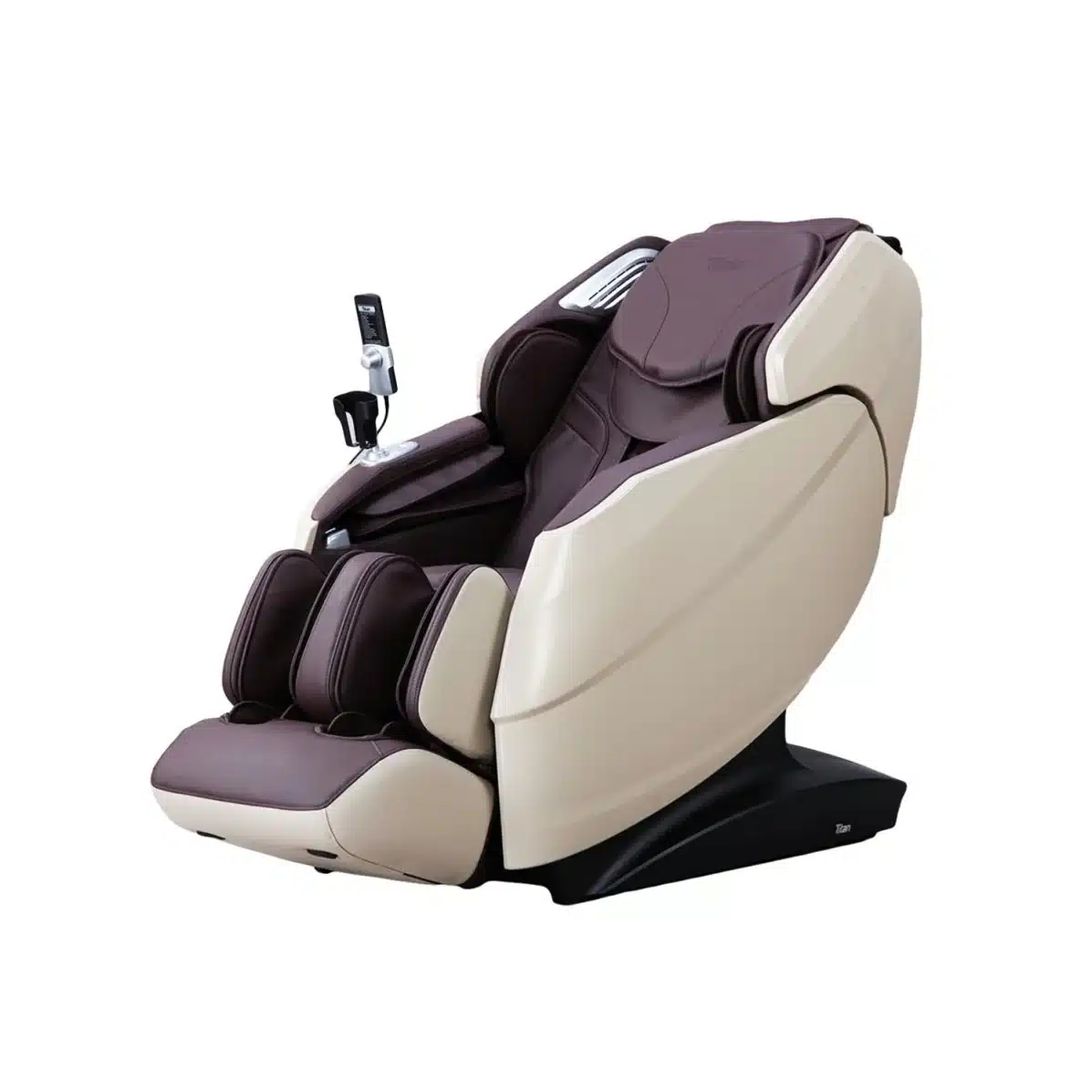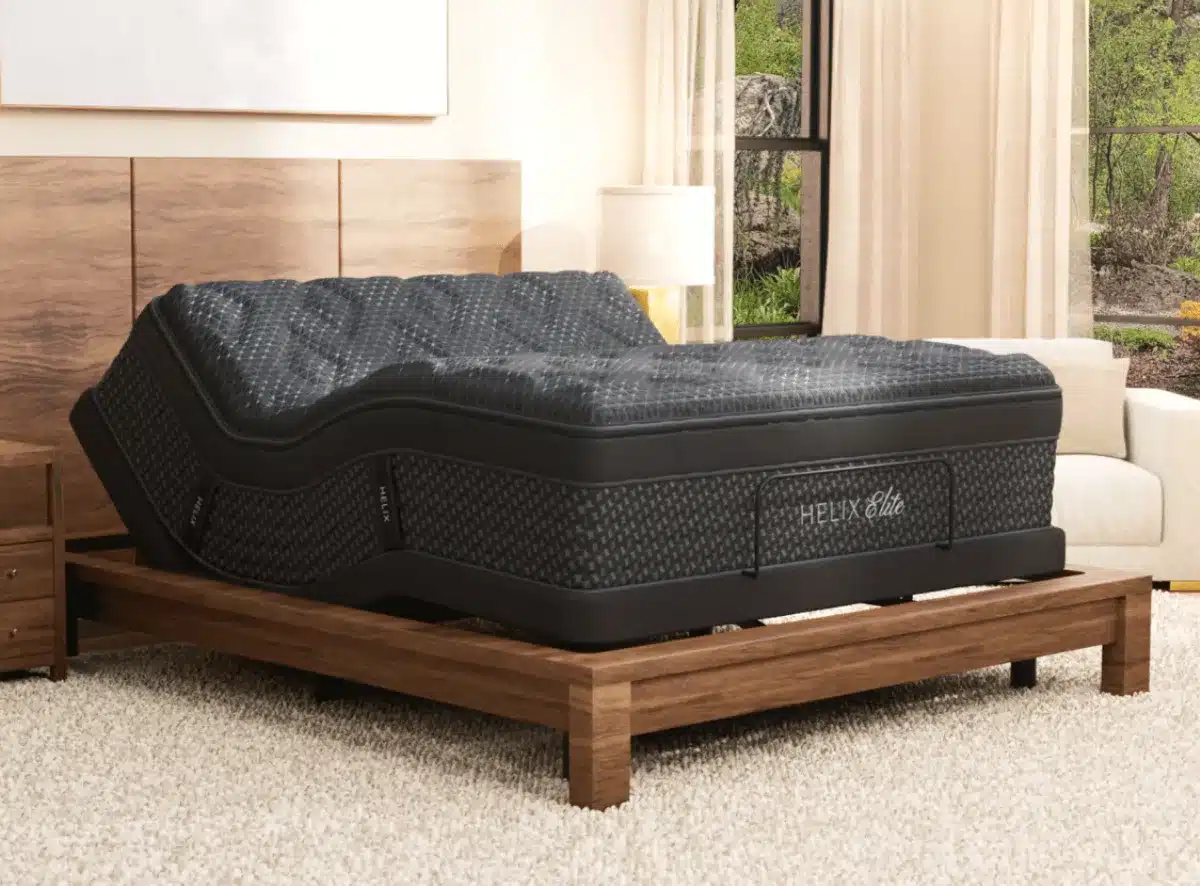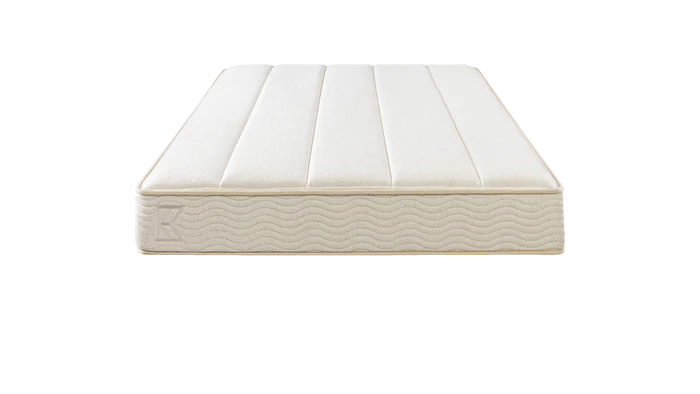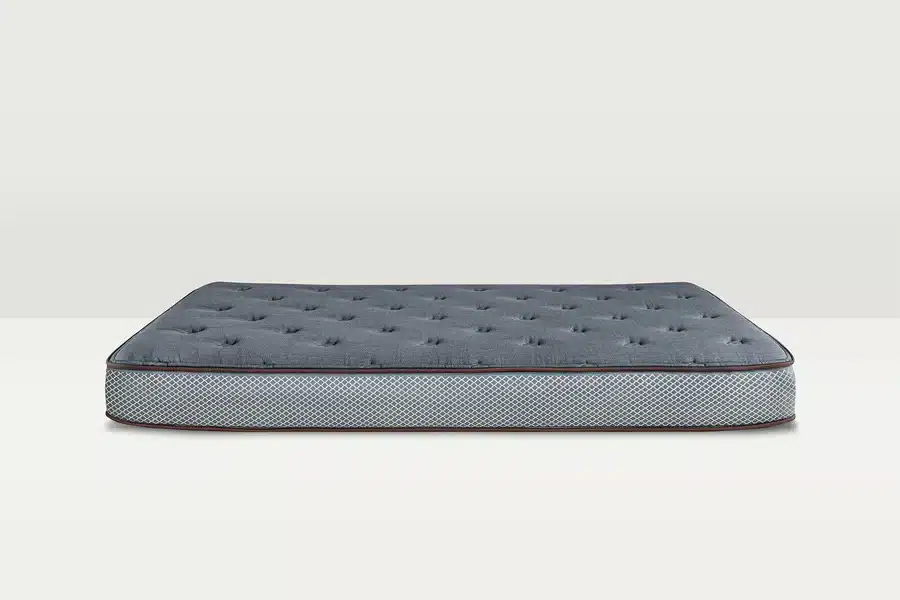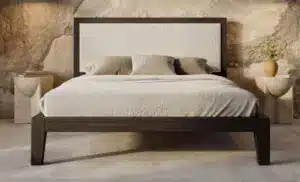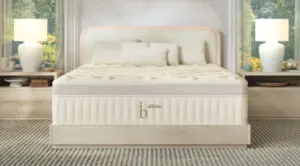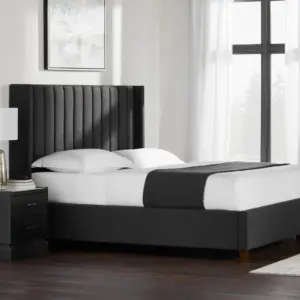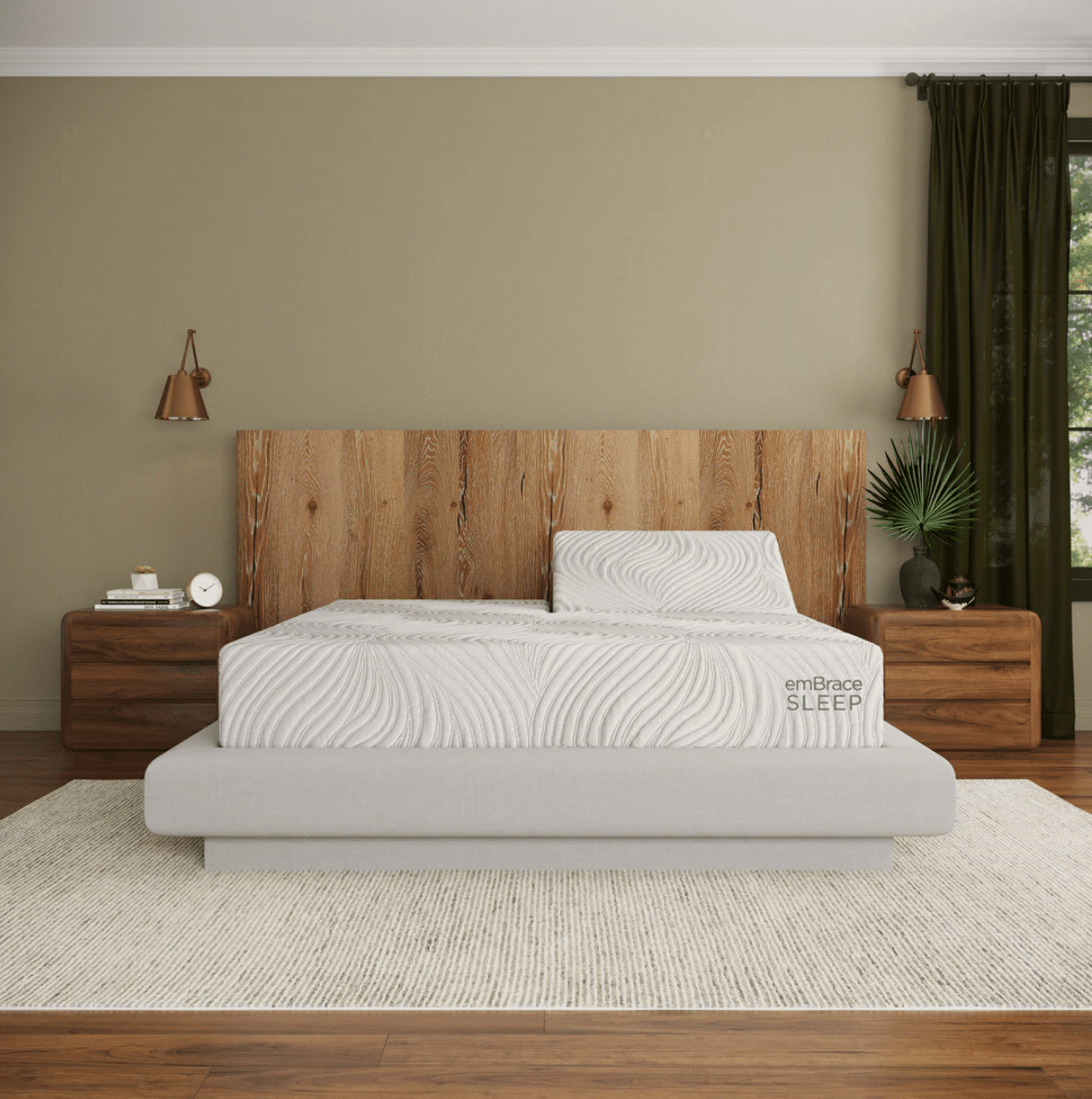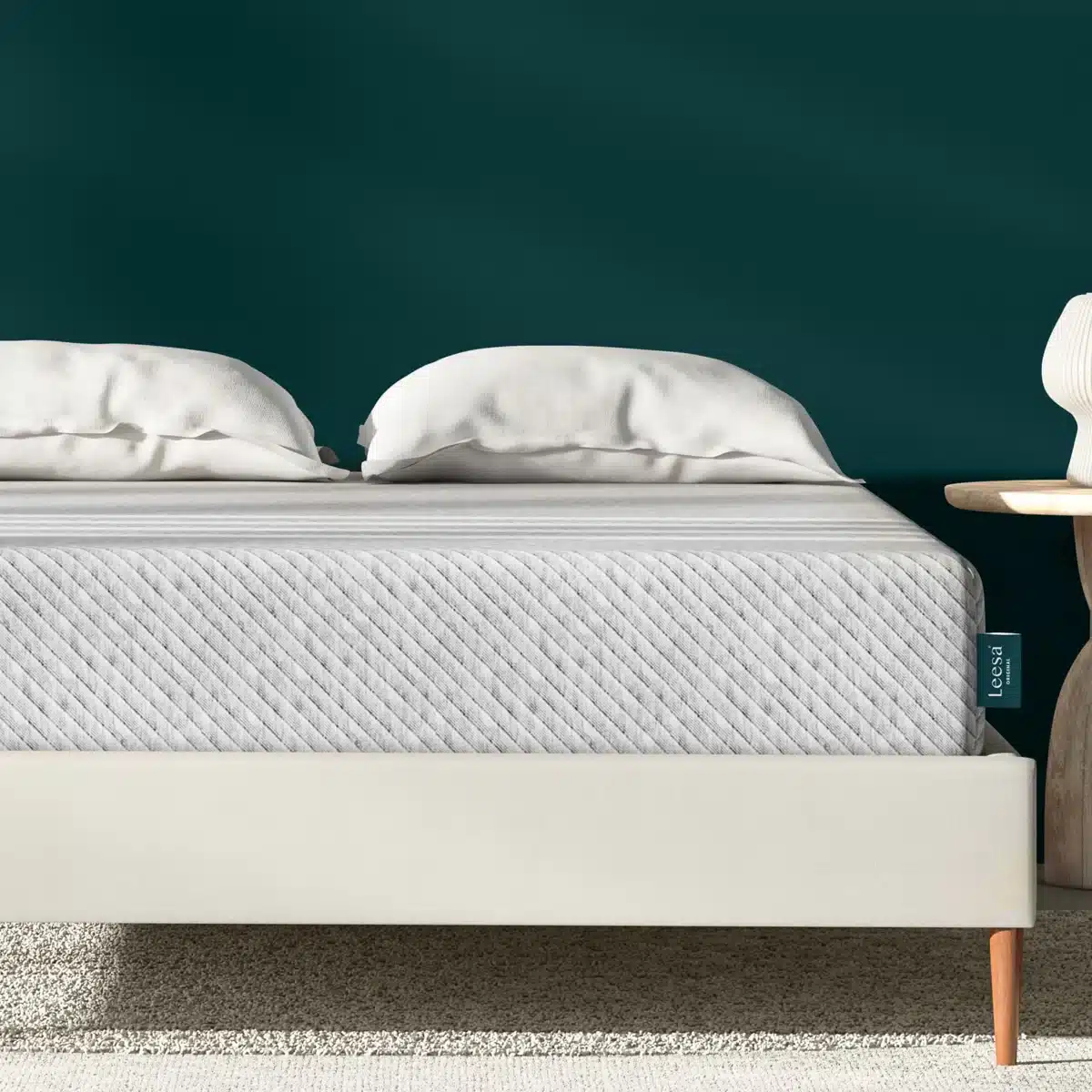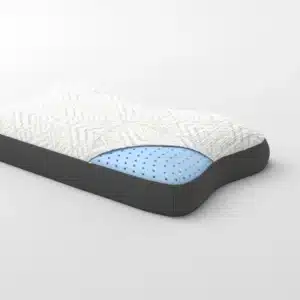Discovering the Fascinating History of Beds: Tracing Their Evolution Through Time
The Evolution of Beds Through History
When we ponder the question of who invented beds, it’s essential to recognize that the bed, in its contemporary form, has evolved over millennia. No single individual can be credited with its invention; instead, the bed is a culmination of continuous enhancements made by various civilizations, each contributing its distinct flair to this essential piece of furniture.
The Origins of Bed Design
The earliest known beds date back approximately 77,000 years in KwaZulu-Natal, South Africa. These primitive sleeping arrangements comprised grass-lined pits, filled with plant materials to create a comfortable surface. From these simple beginnings, beds have undergone considerable transformations shaped by cultural advancements over the centuries.
Ancient Egypt: Artistry and Functionality
In ancient Egypt, the concept of raised beds emerged, lifted from the cold ground to provide a more hygienic and comfortable sleeping environment. These beds, often adorned with animal-shaped legs, showcased both artistry and utility. The elite indulged in lavish beds made from wood and studded with gold and jewels, while commoners utilized simpler wooden slats topped with wool cushions and fine linen sheets.
Ancient Rome: Multifunctional Spaces
The Romans, too, advanced the concept of beds further. Wealthy citizens often slept on metal beds featuring woven metal supports, while their mattresses were filled with feathers or straw for softness. Interestingly, Roman beds served multiple purposes—they were not merely for sleep but were utilized for dining and social gatherings, echoing the multifunctionality of modern sofa beds.
Examining Early Bed Innovations
Medieval Times: Status Symbol and Comfort
During the Middle Ages, the bed reflected one’s social status. For the less fortunate, sleeping arrangements often consisted of a hay-stuffed bag on the floor. In contrast, wealthier individuals enjoyed four-poster beds draped with luxurious fabrics, providing both privacy and warmth. It was during this period that feather mattresses gained popularity, allowing the upper class to experience an entirely new level of comfort.
The Renaissance Era: Extravagance and Design
The Renaissance brought an explosion of creativity in bed design. Canopy beds adorned with intricate carvings became the norm among the affluent, serving not only as sleeping quarters but also as a stage for social interactions and business discussions. The historical Great Bed of Ware—large enough for eight people—underscores the importance of beds as both practical and decorative elements in elite homes.
Modern Innovations in Bed Design
Moving Through the Centuries: 18th Century to Present
By the 18th century, bed designs began to simplify, with cotton-stuffed mattresses replacing their feather and hay predecessors. It was during this time that the concept of private bedrooms emerged, marking a shift away from multifunctional sleeping spaces. Metal bedframes gained popularity, and maintenance rituals like sleep tight emerged, referencing the tightening of ropes supporting mattresses.
In the 19th century, the advent of metal bedsprings revolutionized bed construction, as they provided superior support. Mass production made beds more accessible, and although four-poster beds remained popular, they became sleeker and less ornate.
The 20th and 21st Centuries: Innovations and Comfort
The 20th century marked a significant era of advancement in design and comfort. The introduction of coil-sprung mattresses and later memory foam transformed the sleeping experience, catering to diverse needs, including relief for back pain. Waterbeds and adjustable beds emerged, offering unique functionalities—some designed for medical settings and others for home use.
Today, the diversity of choices is staggering. From various foam types to hybrid mattresses that blend coils and foam, modern innovations cater to every sleep preference. Additionally, advancements in technology have boosted smart beds, which allow users to adjust firmness, position, and even temperature with minimal effort. Eco-friendly options, such as organic cotton and natural latex, are increasingly popular and reflect a growing awareness of health and environmental issues.
The Invention of Beds: A Collective Journey
So, who invented beds? This question ultimately has no simple answer. The bed as we know it today is a result of numerous contributions across diverse civilizations. The early Egyptians and Romans laid the groundwork for our sleeping arrangements, while each subsequent era enhanced design, functionality, and comfort.
Conclusion: Timelessness of Comfort
The journey of bed evolution is not just a tale of furniture design; it symbolizes our collective desire for comfort and well-being. At Yawnder, we recognize the importance of a good night’s sleep and aim to guide you toward the perfect mattress for your lifestyle.
Investing in a quality bed not only enhances your sleep but also contributes significantly to your health and well-being. The wisdom of our ancestors resonates through the innovations that surround us today. Let us continue to honor the past while embracing the future as we explore new realms of restful excellence.
For more insights on finding the ideal mattress, explore our comprehensive reviews and guides. Your bed should not just be a piece of furniture; it should be a sanctuary for rejuvenating rest.


